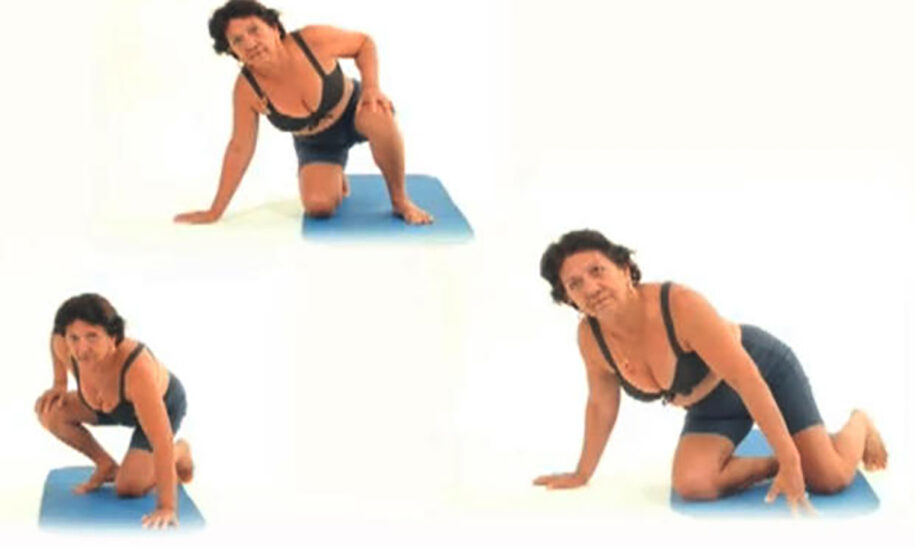The Sitting Test You Can Do at Home to Help Predict Your Risk of Death
We all know that we need to be more active, but you probably didn’t know how bad sitting actually is for you. Maybe we should spend a lot more time standing and less sitting.
It might be a little hard to believe that sitting can actually be bad for you. I mean, yeah it might not be good, but it’s actually extremely dangerous to be sitting so much. Today there are so many robots and machines that do the manual labor for us that we barely have to get up. Right now, I’m sitting in a chair writing this article for my career. Other people might sit at a desk for their job too, I mean think about it. School requires our youth to sit in a desk and chair for 7 to 8 hours per day!
Everyone is advised to stay active at least for a little bit every day. Studies have shown that a ten-minute nature walk every day can literally transform our brain. To reduce the risk of ill health from inactivity, people are recommended to exercise at least 150 minutes per week. There have been multiple different studies that link excessive sitting to obesity, type 2 diabetes, cancer, and early death. The main cause of premature death in elderly people is the loss of leg function. You have to keep your legs healthy to be active, and you have to be active to keep the rest of your body healthy.
Many adults in the United Kingdom have reported sitting for more than seven hours per day or lying. It increases with age to 10 hours or more too! Kelly Starrett, who has a Ph.D. in physical therapy, is the author of “Deskbound: Standing Up to a Sitting World.” His book has been proclaimed by many different doctors and people all around the world.
In “Deskbound,” Kelly quotes research from Dr. James Levine showing that for every hour you sit down, your life expectancy decreases by two hours. For comparison, every cigarette smoked reduces life expectancy by 11 minutes.
That means sitting down is far more hazardous to your health than smoking — a shocking revelation for most, I’m sure. However, Kelly notes that you cannot simply replace sitting with standing.
Your body was designed for full range of motion, and simply standing does not optimize your physiology either. Also, sitting CAN be beneficial, when done right. In other words, there’s a skill to sitting in a way that’s beneficial to health.
“Let’s just clean up our sitting hygiene,” he says. “Look at your sitting time, and divide your life into optional sitting and non-optional sitting …
You may have to sit in a meeting or sit in your car — those things are non-optional. But the rest of it, you can really get a big upregulation and function just by ditching that optional sitting.”
In the video Kelly looks like he is sitting down, but it is actually an optical illusion. He is sitting on the floor performing a technique in which he expresses in his book. The challenge is to replace sitting with movement, and not just standing.
“If anyone has ever had a job or they’ve had to stand for long periods of time, statically, it is brutal … Go to your local yoga class and ask for a good dose of tadasana; standing pose, standing meditation, and you’ll last two or three minutes before you start to burn and fatigue…
It takes skill in standing, but how do we create an environment that reflects the physiology instead of making the physiology of the body conform to the environment?
When we address or teach about strength and conditioning, or about behaviors or patterns, we try to make what we call blocked behaviors, blocked patterns, where you don’t have to make a decision; the decision is made for you.
For example, when I come back after lunch and there’s no chair. Instead I go up to my standing moving station at my desk. I’m automatically going to do the right thing. I don’t have to make a decision about raising my desk or getting out of the chair …
One of the nice pieces about creating a movement-rich environment is that you automatically get these contextual signals and cues that say ‘I need to sit’ or ‘I need to work.’
So I’m sitting at a table cross-legged. What that does is it starts to give me more movement options. Now I’m taking my hips to a more full-range of motion, and it’s a break from the standing that I was doing earlier.”


